When it comes to music production, there are a lot of terms that get thrown around. Two of those terms are “loop” and “sample.” What’s the difference between a loop and a sample?
A loop is a repeating section of audio that can be played over and over again. A sample is a piece of audio that is played once and then stops.
Loops are often used in electronic music, as they can create a hypnotic or trance-like effect. Samples are more commonly used in hip-hop and other genres where the producer wants to create a more complex soundscape.
One way to think of the difference between a loop and a sample is that a loop is like a melody, while a sample is like a drum beat. A loop can be a vocal melody, a guitar riff, or anything else that can be repeated. A sample can be a drum loop, a bass line, or anything else that provides a rhythm or texture.
Of course, there are no hard and fast rules about what can and can’t be a loop or a sample. It’s up to the producer to decide what will work best for their track.
In general, loops are shorter than samples. A loop might be just a few seconds long, while a sample can be a minute or more. This is because a loop needs to be able to repeat seamlessly, while a sample can be more eclectic.
Another difference between a loop and a sample is that a loop is usually a single instrument or sound, while a sample can be a combination of sounds. For example, a loop might be a simple piano melody, while a sample could be a piano melody with a drum beat and a bass line.
Ultimately, it’s up to the producer to decide whether a loop or a sample will work best for their track. There are no hard and fast rules about what can and can’t be a loop or a sample. It’s all about what sounds best for the track.

